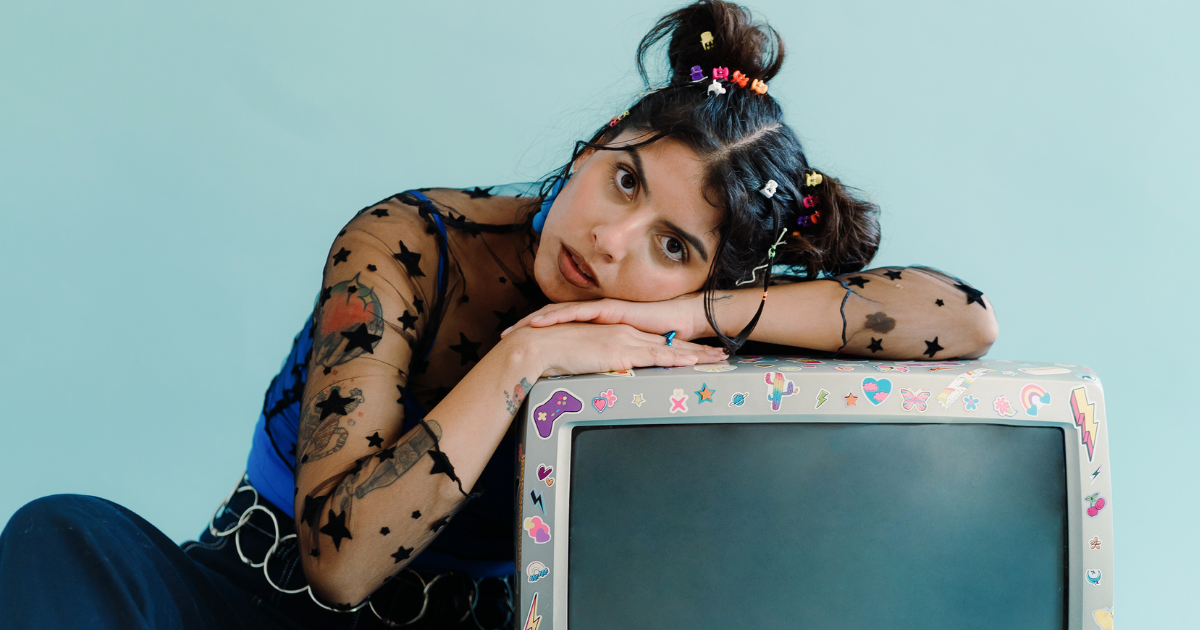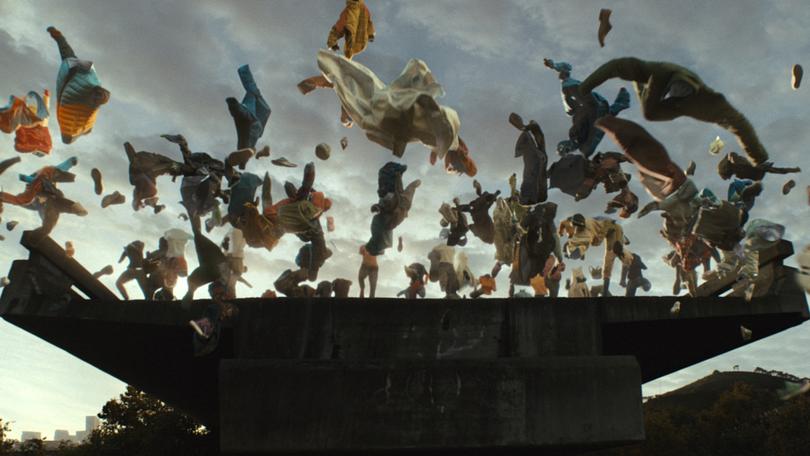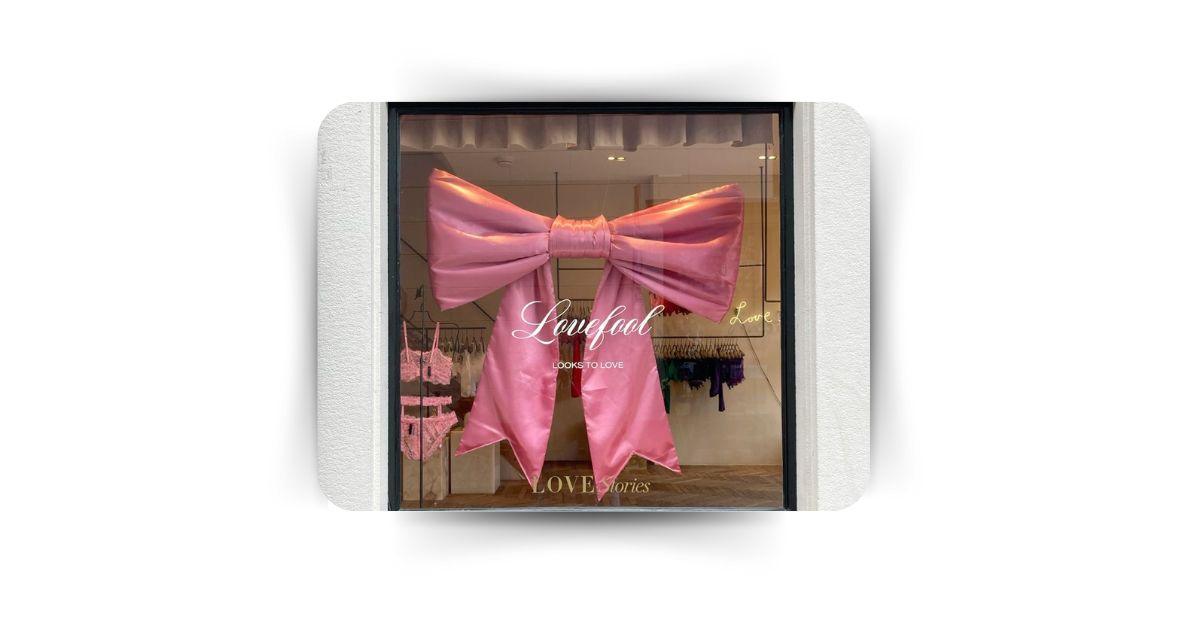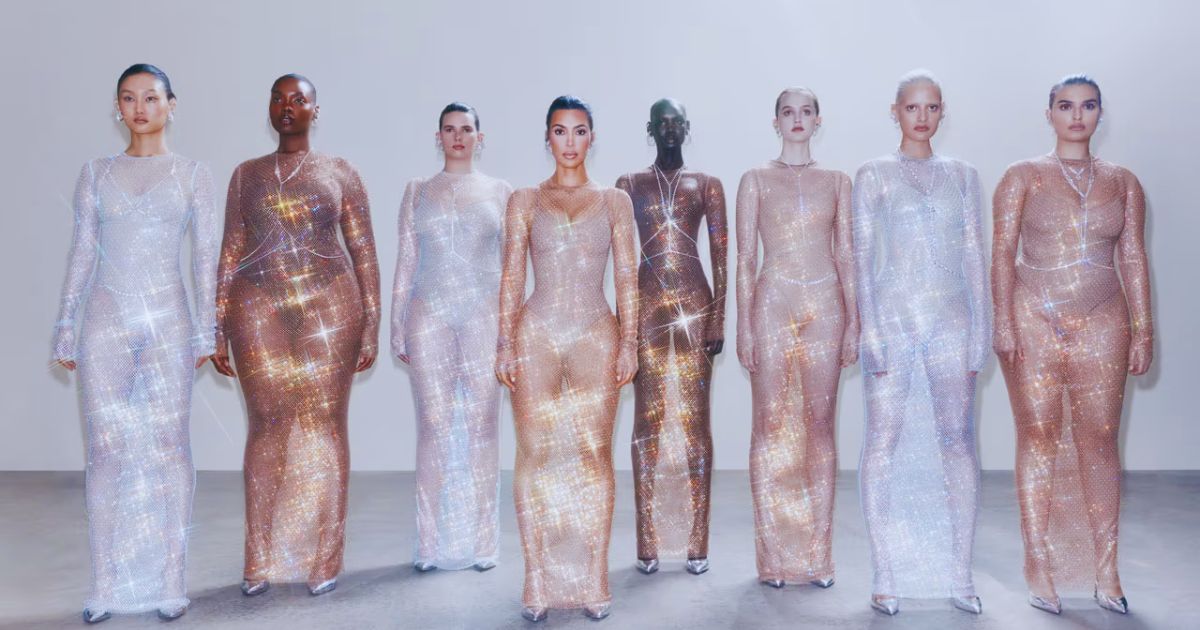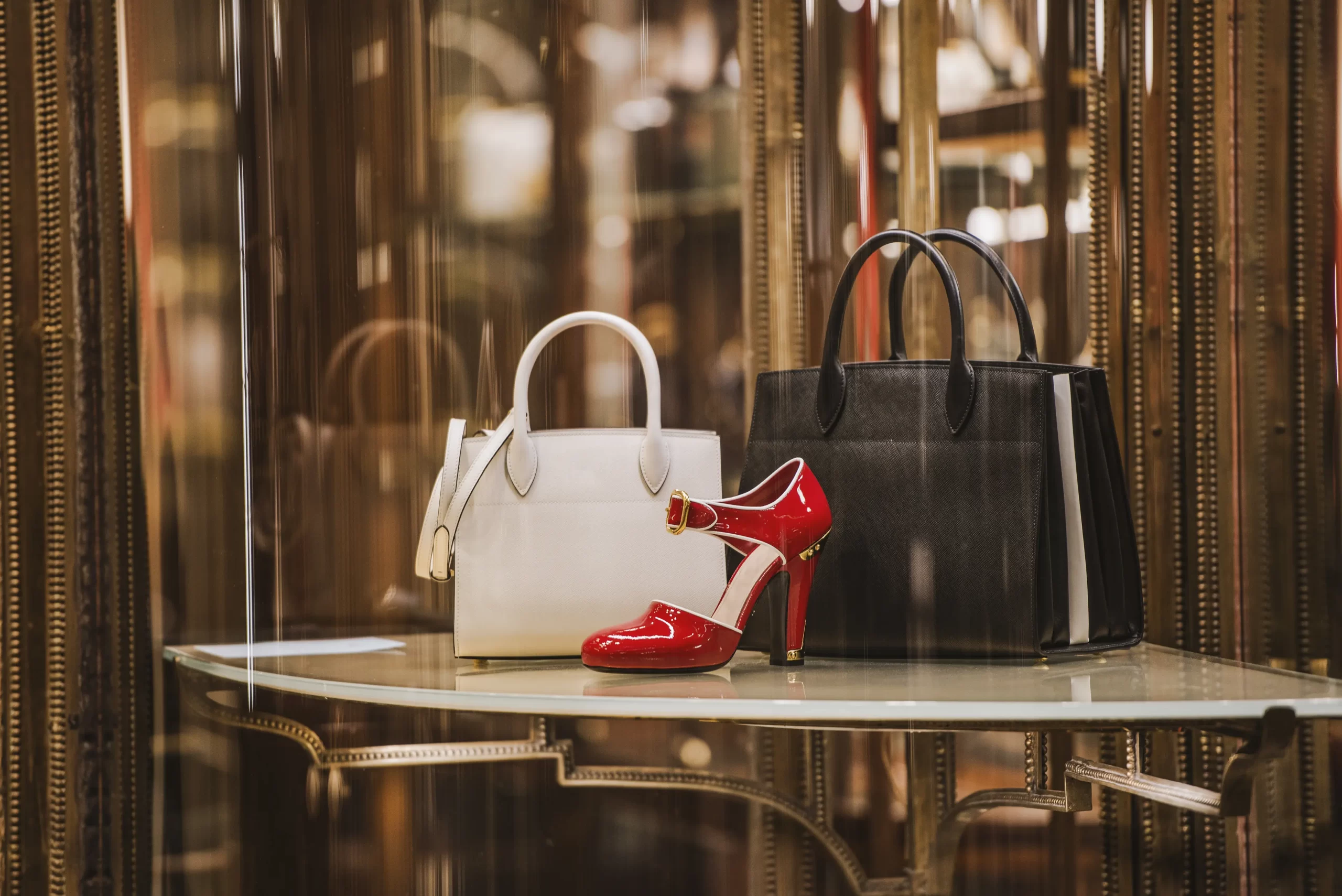In a competitive market, consumer loyalty is favourable, yet inconceivable. Companies are required to go beyond the traditional price and quality considerations and build strong emotional connections. This is where Jungian psychology is a useful guide for brands.
This article delves into the importance of implementing a brand personality. Moreover, the varied kinds of brand personalities, as provided by the Jungian psychology of Brand Archetypes, has been discussed extensively, citing an example of companies successfully implementing this.
Carl Jungian, the psychologist who coined the term “Brand Archetypes” has provided 12 distinguished brand identities, namely- The outlaws, The Magician, The Hero, The Lover, The Jester, The Everyman, The Creator, The Ruler, The Caregiver, The Sage, The Innocent and The Explorer.
This is not merely a marketing strategy, but a way to connect with the audience and communicate just how the product adds to their quality of life and how it seeks to be a part of their journey as well as highlighting the distinguishing factors. With cutthroat competition being an inevitable scenario, the need for developing a brand identity is more imperative than ever. Consumers’ perception of a product, and in turn, a brand, directly correlates with the likelihood of purchases, prospect of loyalty and word of mouth.
This further creates a relatability factor, drawing parallels between the brand image and the target audience, acting as an unspoken web of emotional connection that draws the customer to a particular company. This creates familiarity with a brand, whilst evoking feelings of belongingness and understanding.
The primary brand archetypes are bifurcated based on the vision of a company. It is pertinent to note that a company may fall under several archetypes. This, however, does not deter from the intention of illustrating an identity but merely states that the strategies undertaken fulfil the criteria for more than one subset.
- Companies focusing on leaving a legacy, usually catering generations, fall under a category with 3 predominant archetypes, namely, The Outlaw, The Magician and The Hero.
The Outlaws, represented by the colour yellow, communicate and encourage liberation, risk-taking & independence for their consumers. The literal meaning of the term ‘outlaws’ is one breaking free from the confines of the traditional laws and, in turn, promoting a new way of life.
Companies associated with this category aim to achieve a similar objective- to stimulate a fresher mindset, shattering the glass ceiling and enticing reformation.
Diesel, a globally renowned brand has gained a rebellious reputation, owing to consistent efforts to defy societal norms. At the foremost of this lies the “Be Stupid” campaign. In a society valuing rationality, this campaign communicates the exact opposite. Associating “stupidity” with courage and risk-taking reels consumers who identify with such ideologies.
Consumer groups craving social liberation tend to formulate a target audience for diesel.
The Magicians, brands catering to the “dreamers” of the world, are understood to promote an idea of imagination and unbounded belief. Such companies are visionaries, in a way of promoting groundbreaking innovations. Consumers fascinated by the idea of revelations or identifying as utopians formulate a large subset of the audience.
Gucci is a brand that effectively reflects the magician mentality. Through the mystique and secrecy created owing to the ad campaigns, Gucci communicates a larger-than-life image for its audience.
The Heros, embarking upon a journey of motivation, maximising potential and overcoming adversity create an identity of resilience. A brand looking to attract customers embodying perseverance tends to adopt “The Hero” archetype.
The infamous slogan “Just Do It” by Nike is a prime representation of a brand identity that resonates with the hero narrative. “Greatness, It only takes everything”, “Winning isn’t for everyone” and similar phrases plastered across billboards globally, portray the identity of the hero. The colours black and white, like those of the logo, along with grey, red, gold and blue, subliminally build consumer perception as a brand supporting achievement, greatness and growth.
- Building a brand with the intent of developing connections provides 3 archetypes- The Lover, The Jester and The Everyman.
The Lover archetype, encompassing romanticism, affection and charm, exudes elegance and tasteful quality. Consumers chase emotional connection, congeniality, and gentleness, which align with the lover archetype.
Chanel, the quintessential lover brand, globally renowned for its pleasant, idyllic and feminine products has gained an edge in the fashion and beauty industry. Its mission statement “To be the ultimate house of luxury, defining style and creating desire, now and forever” creates this identity.
Moreover, the hues of red and pink have been deemed as the “lover colours”, with brands like Victoria’s Secret adopting this through the logo, pretty pink packaging and statement pink pajama sets.
The Jester
Unconventional, revolutionary and extraordinary– the mission of each brand falling under the Jester Archetype is to communicate in a manner never done before. The informality and frivolous nature eliminate animosity, developing a level of comfort and compassion. Adopting bright fierce colours of orange, pink and yellow, the jesters of the industry undertake the humorous approach, catering to a larger, facetious group of the market.
For instance, the debut Avavav show at Milan Fashion Week had models intentionally tripping on the runways. This charade was to mock the rigidity of elite fashion displays. Albeit not an entire identity, this stunt is considered under The Jester Archetype owing to its amusing approach.
The Everyman
Familiar, acceptable and welcoming, The Everyman possesses the perfect blend of relatability. The everyman is quite literally, for everyman. Brands falling under this ambit promote practicality and are trend followers.
H&M, the standard Everyperson brand aligns with 2 primary needs of a consumer- connection and belongingness. The products, campaigns, and social media marketing of H&M do exactly this by providing a bridge to fit in the society. The Fast Fashion model further reiterates that the brand undergoes changes and evolution as and when society progresses.
Aerie, by American Eagle, is yet another example. By infusing the colour ‘blue’ in the logo and campaigns, the company seeks to unite its target audience.
Similar to denim blue, the colours teal, ocher, peach and sky blue sought to attract an audience craving social belongingness, trend followers and inclusivity.
- Companies aiming to build a structure within the highly dynamic fashion industry consist of three archetypes- The creator, The Ruler and The Caregiver.
The Creator companies focus on innovation, extraordinary thinking and transforming a vision into reality, such companies are trendsetters. They seek inspiration from consumers yearning for change, progress and setting new standards. The emphasis on personality, individuality and customisation is key for a company to be considered theCreator.
Burberry embodies The Creator chronicle in multiple aspects. Starting from the slogan of “At Burberry, we believe creativity opens spaces” to the emphasis on creative craftsmanship, the irrevocable plaid pattern alongside the complex logo portrays a commitment towards innovation.
The colour scheme for this archetype is artistic- signifying freedom and light, through colours like blood orange, pink and mauve.
The Ruler archetype is often termed as the leader of the industry. Encouraging elegance, confidence and an assertive audience, the ruler seeks to empower and enrich its customers.
Louis Vuitton, the pioneer of the fashion industry has been the ruler of many trends. Starting from the “unpickable lock” in 1886 to the timeless “LV” mammogram products, this brand is a testament to the Ruler narrative. With its distinguished collections of bags, shoes and suits, LV has paved the way for black tie to be luxurious and exquisite.
Similarly, Cartier is considered a titan of the rulers, underscoring strong craftsmanship and bold, classic pieces exuding power and prestige.
The Caregiver archetype indicates reassurance, care and consideration. Companies adopting the caregiver mindset strive towards creating comfort and familial relations amongst their consumer base.
TOMS is a prime example of a caregiver brand. From the gentle blue logo to the “wear good” business model, TOMS always takes it a notch above. The “one for one” donation campaign intends to donate a pair of shoes for each pair purchased. Such efforts for the betterment of the community personify the caregiver spirit.
Light undertones of blue, brown, green and salmon pink create an unspoken image of The Caregivers.
- Brands delving deep into spirituality, branch into three varied subsets- The Innocent, The Sage and The Explorer.
The Innocent’s of the industry focus on purity, peace and simplicity. The primary objective is to unite a seemingly polarised society through an emphasis on nature/naturality. The branding is mainly centred around connection and sanctity.
TOMS, whilst embodying the spirit of the caregiver, also fits the criteria for The Innocent archetype. The altruistic character of the company, along with the muted hues of blue create the image of simplicity and harmony. Running parallel to this is the “Calm App” which adopts a similar colour scheme to convey a “love thy neighbour” image.
Not only blue, but also pastel and muted tones of green, pink and warm tans create The Innocent Narrative.
The Sage archetype caters to an inquisitive and curious audience-the learners. The key emphasis of brands under this archetype includes understanding, comprehension and growth. Such brands aim to provide information in a definitive manner.
Marketing campaigns promoting sustainability throughout the production cycle as well as individually fall under this archetype. The muted tones of navy, white and gray also fit the sage mentality.
The Explorer, underscoring discovery, exploration and uncovering the unknowns, cater to a largely individualistic and adventurous audience. Such brands seek to support the customers’ quests through products that are marketed as sturdy and essential, yet trendsetting. With a colour palette largely resonating with nature i.e., green, brown and neutral tones, The Explorers seek to push the limits and connect with those willing to do so.
The North Face is a popular explorer brand, with slogans such as “Never stop exploring”, to products meant to withstand tumultuous weather, this company promotes longevity and durability for all.
Even beyond established entities of the industry, up-and-coming businesses must understand and implement this psychology to effectively surpass overwhelming competition.
The primary module of inculcating Jungian psychology for a start-up is via colour.
Colours play an influential role in evoking emotions, seemingly effortlessly. The choice of colour palette for logos, packaging and products is extremely essential.
Certain successful instances include the trademarked Tiffany blue or striking red Louboutins.
Beyond the colour, the design of the logo is considered impactful. The complexity yet simplicity of the Rolex Logo makes it a successful contender for the Ruler Archetype. The logo must communicate an image and formulate an identity in and of itself to captivate customers.
The marketing campaigns are an equally essential component. This includes not only the advertisements through billboards but also the slogans and jingles adopted by the company. Christian Dior’s slogan “Sisterhood is forever” is consistent with the lover facet while the “the spirit of travel” campaign by LV reinforces the explorer mentality.
This indicates that the message communicated must be synonymous with the image sought to be created.
Hence, in an oversaturated market with merely discernible products, the key factor of attraction or Unique Selling Point is the personality.
The more deeply a consumer can resonate with a brand, the higher the likelihood of carving a niche in the market. Therefore, Jungian Psychology has paved the way for start-ups and international corporations alike to build a brand that is more human than ever. This opportunity must be capitalised upon to cultivate visibility and create a standing in the Fashion Industry.
Sources-
Using Jungian Archetypes to push the boundaries of marketing:
https://medium.com/nustory/using-jungian-archetypes-in-marketing-bf53ffce2736
The Archetypes of leading brands, 2022:
Brand Archetypes, the definitive Guide:
https://iconicfox.com.au/brand-archetypes/
Brand Archetype series, The Ruler:
Brand Archetype Series, The Lover: https://www.thedaringfempreneur.com/blog/brand-archetype-series-the-lover
Brand Archetypes Series, The Outlaw: https://www.thedaringfempreneur.com/blog/brand-archetype-series-the-outlaw
Brand Archetype Series, The Hero: https://www.thedaringfempreneur.com/blog/brand-archetype-series-the-hero
Author(s):
 Meet Kanishka Chawla, an academically driven student at NMIMS School of Law, Mumbai. Kanishka strives for excellence in every field she is working in and overcomes challenges by providing pragmatic solutions. Enthusiastic about fashion, Kanishka brings a legal perspective to a creatively fuelled industry.
Meet Kanishka Chawla, an academically driven student at NMIMS School of Law, Mumbai. Kanishka strives for excellence in every field she is working in and overcomes challenges by providing pragmatic solutions. Enthusiastic about fashion, Kanishka brings a legal perspective to a creatively fuelled industry.











